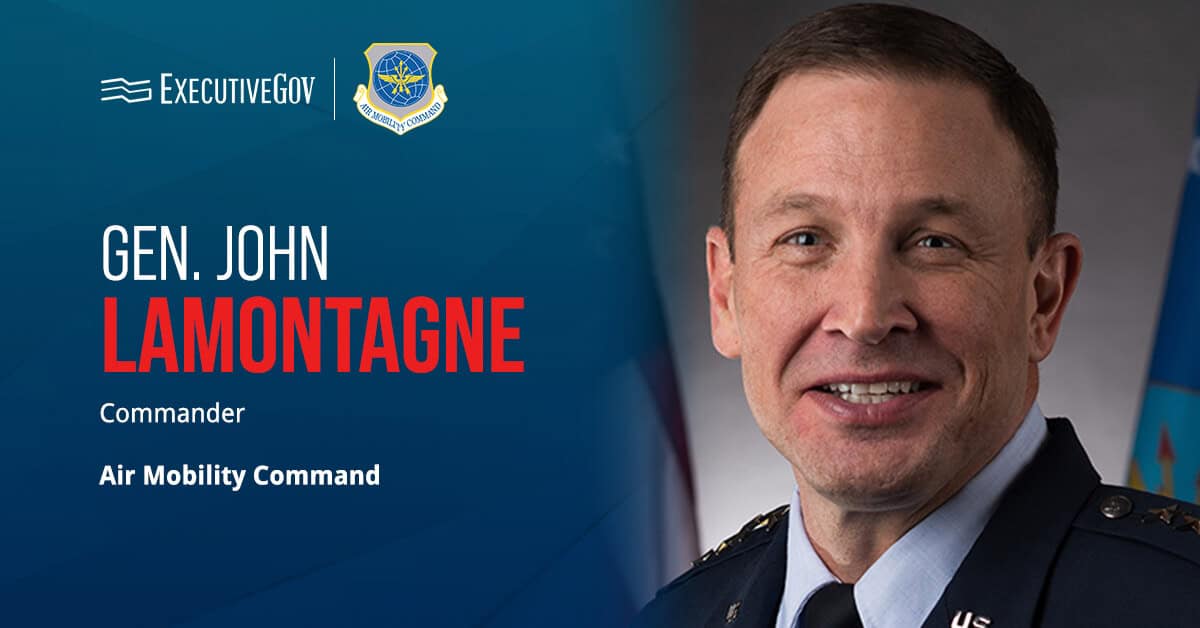 A majority of Defense Innovation Board members have pledged to stay within the organization and continue to assist the Defense Department under President-elect Donald Trump’s incoming administration, Defense News reported Monday.
A majority of Defense Innovation Board members have pledged to stay within the organization and continue to assist the Defense Department under President-elect Donald Trump’s incoming administration, Defense News reported Monday.Aaron Mehta reports Eric Schmidt, chairman of the Defense Innovation Board, said at a public event Monday that none of the current board members have announced plans to depart from the organization.
“I have indicated I would be very happy to serve under [the new administration], and I believe all, or everyone but maybe one, will continue,” added Schmidt, who is also the executive chairman of Alphabet.
Outgoing Defense Secretary Ashton Carter established the Defense Innovation Board to offer suggestions on how the Pentagon should use technology with the help of input gathered from leaders of the commercial technology sector.





